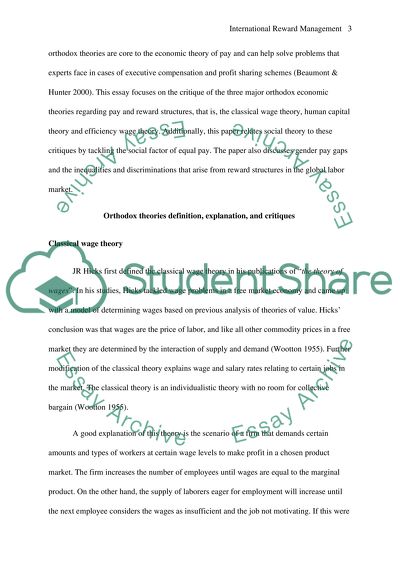Cite this document
(“International reward managment Essay Example | Topics and Well Written Essays - 2500 words”, n.d.)
Retrieved from https://studentshare.org/human-resources/1683381-international-reward-managment
Retrieved from https://studentshare.org/human-resources/1683381-international-reward-managment
(International Reward Managment Essay Example | Topics and Well Written Essays - 2500 Words)
https://studentshare.org/human-resources/1683381-international-reward-managment.
https://studentshare.org/human-resources/1683381-international-reward-managment.
“International Reward Managment Essay Example | Topics and Well Written Essays - 2500 Words”, n.d. https://studentshare.org/human-resources/1683381-international-reward-managment.


